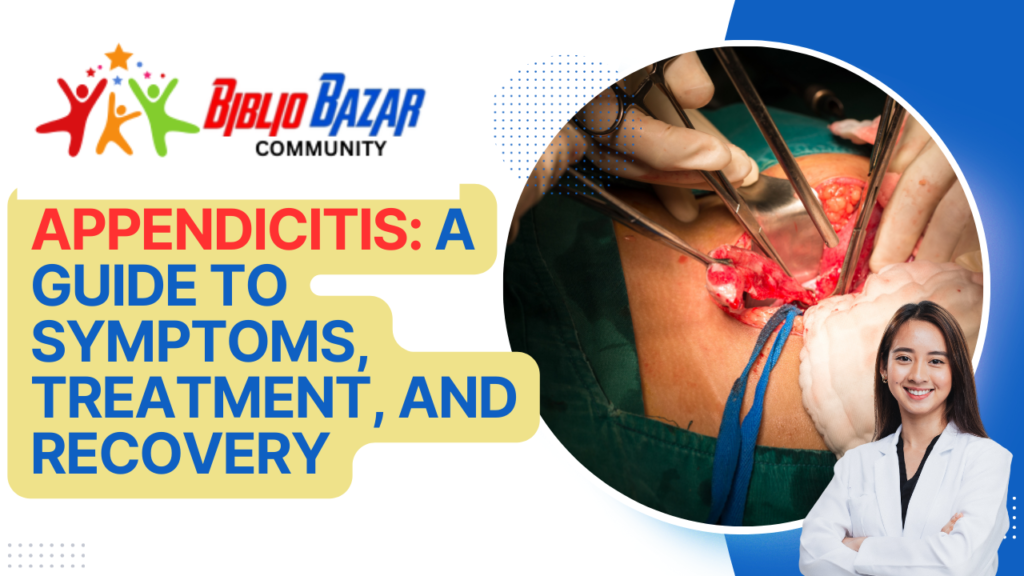
Biliary atresia is a rare but serious condition that affects newborns, characterized by a blockage or absence of bile ducts, which are crucial for carrying bile from the liver to the small intestine. Bile plays an essential role in digesting fats and removing waste from the body, and when its flow is obstructed, it can lead to significant liver damage and eventually, liver failure.
Typically, biliary atresia presents itself within the first few weeks of life, with the most common sign being jaundice that persists beyond the normal period for newborns. Unlike the jaundice seen in many infants, which usually resolves within the first week or two, the jaundice in biliary atresia is prolonged and accompanied by other symptoms such as dark urine, pale stools, and an enlarged liver. These symptoms are red flags that should prompt immediate medical evaluation.

The exact cause of biliary atresia remains unclear, but research suggests that a combination of genetic factors, immune system dysfunction, and possibly viral infections could contribute to its development. Although there are no well-established risk factors, the condition is more common in female infants and in certain ethnic groups, particularly those of East Asian descent.
Diagnosis of biliary atresia typically involves a combination of blood tests to assess liver function, imaging studies such as an ultrasound to visualize the liver and bile ducts, and a liver biopsy to determine the extent of liver damage. Early diagnosis is crucial because the primary treatment—known as the Kasai procedure—has the best chance of success when performed within the first two months of life. The Kasai procedure involves surgically connecting the liver to the small intestine to bypass the blocked bile ducts, thereby restoring bile flow. While this surgery can help improve liver function, it is not a cure, and many children with biliary atresia will eventually require a liver transplant.

Following surgery, infants require close monitoring to manage complications such as cholangitis, a bacterial infection of the bile ducts, and to ensure proper nutrition and growth. Nursing care is vital during this period, focusing on pain management, monitoring vital signs, and providing nutritional support. High-calorie formulas or tube feeding may be necessary to ensure the infant receives adequate nutrition.
Despite the challenges, advancements in medical care and surgical techniques have significantly improved outcomes for children with biliary atresia. Early intervention and ongoing care can give these children a better quality of life and increase their chances of living into adulthood.

Subscribe to us for more videos like this and visit bazarbiblio.com for notes and free PDF books. Thank You.
Frequently Asked Questions (FAQs) About Biliary Atresia
1. What is biliary atresia?
Biliary atresia is a rare liver disease in newborns where the bile ducts are blocked or absent, leading to liver damage due to the inability to properly drain bile.
2. What causes biliary atresia?
The exact cause is unknown, but it is believed to involve a combination of genetic factors, immune responses, and possibly viral infections.
3. What are the symptoms of biliary atresia?
The primary symptoms include prolonged jaundice (yellowing of the skin and eyes), dark urine, pale stools, and an enlarged liver.
4. How is biliary atresia diagnosed?
Diagnosis involves blood tests, imaging studies such as ultrasounds, and a liver biopsy to assess the condition of the liver and bile ducts.
5. What is the Kasai procedure?
The Kasai procedure is a surgery that connects the liver to the small intestine, bypassing the blocked bile ducts to restore bile flow.
6. Is the Kasai procedure a cure for biliary atresia?
No, the Kasai procedure is not a cure, but it can improve bile flow and liver function. Many children with biliary atresia eventually need a liver transplant.
7. What is the prognosis for children with biliary atresia?
With early diagnosis and treatment, children can live a relatively normal life, but they often require ongoing medical care and possibly a liver transplant.
8. How common is biliary atresia?
Biliary atresia is rare, occurring in about 1 in 10,000 to 15,000 live births.
9. Can biliary atresia be prevented?
There is no known way to prevent biliary atresia as the exact cause is still unknown.
10. What kind of support is available for families dealing with biliary atresia?
Support includes medical care, nutritional guidance, and resources from organizations dedicated to liver diseases in children. Families can also connect with others going through similar experiences for emotional support.
Discover more from Bibliobazar Digi Books
Subscribe to get the latest posts sent to your email.


